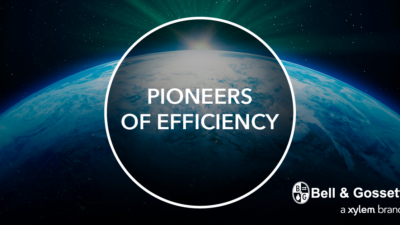The Passive Fire Protection Virtual Symposium covers topics such as inspection and maintenance evaluation, fire containment and certification programs.
The Passive Fire Protection Virtual Symposium by Specified Technologies covers topics such as inspection and maintenance evaluation, fire containment and certification programs. Click here to register for the symposium.
Presenter: Patrick Tesche, Global Fire Protection Group, LLC
Topic: Firestop Inspection & Maintenance Evaluation
In this 1-hour seminar will examine the differing code requirements within the International Building Code (IBC), International Fire Code (IFC) and National Fire Protection Association (NFPA) codes and standards for inspection and maintenance of firestop systems installed in new and existing buildings. Attendees will also learn how to recognize, read and interpret a tested and listed system, as well as engineering judgements; and, understand the processes and procedures for firestop system inspections in accordance with the appropriate ASTM standards regarding Firestop Inspection. Finally, the course will review the qualifications that are required of a Firestop Inspector.
Presenter: Angela Ogino, Owens Corning-Thermafiber
Topic: Perimeter Fire Containment
One of the most complex and least understood areas where fire can propagate is at the perimeter of a multi-story building. Not only can fire spread from floor-to-floor via the edge-of-slab/curtain wall intersections but also along the exterior building enclosure where untested, combustible components are often installed. This program outlines best design practices for providing fire protection for building occupants per ASTM E2307 and E2874.
Presenter: Luke Woods, UL, LLC
Topic: UL Firestop Movement Certification Program
This course will discuss firestop movement and what it is and how UL evaluates firestop systems ability to withstand not only fire (F rating), but movement (M rating).
Presenter: Michael Kerrison, Unifrax, LLC
Topic: Fire Protection of Commercial Exhaust and Ventilation Systems Using Flexible Wrap Products
Passive fire protection of air distribution systems in commercial buildings involves applications requiring fire rated shaft construction. These systems include but are not limited to kitchen grease exhaust ducts, air handling, stairwell pressurization and smoke extraction ducts for multi-story buildings, chemical fume exhaust systems for laboratories and generally any ducting system that requires a fire rating per the Building or Mechanical Code. This course contains drawings, charts and pictures of applications most helpful to architects and engineers concerned with duct systems that offer fire protection and life safety while also having design flexibility. The course identifies code requirements for fire rated shafts, examines the various fire test standards for flexible fire rated duct enclosures and recommended compliance documentation. It defines design benefits and provides examples using a number of brief project case studies.
Presenter: Justin Pine, RCDD, Specified Technologies Inc.
Topic: Firestopping Key Points
In this one-hour seminar, the basics of life safety and code compliant design for firestopping installation are covered. Additionally, this course covers major issues in design such as the coordination of different trades responsible for firestopping. A UL system approach for firestopping for mechanical, plumbing, sprinkler, electrical and data cabling penetrations is covered, as well as for joint construction and curtain walls. Finally, this course covers how code requirements can impact design.



